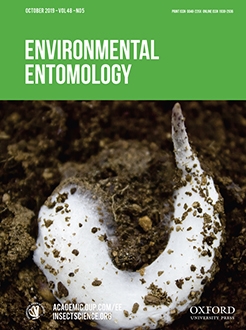The Chinese cordyceps, regarded as the ‘Himalayan Viagra’, is highly valued for its medicinal benefits. The decline of its yield due to over-exploitation and increased market demand have stimulated efforts to artificially cultivate Chinese cordyceps for over half a century. However, successful cultivation of Chinese cordyceps through caterpillar infection by the fungus Ophiocordyceps sinensis (Berk.) and the induction of the fruiting body from each mummified cadaver remains difficult for its complex life cycle. Herein, we report the developmental dynamics of hyphal bodies in hemolymph of injected Thitarodes xiaojinensis (Tu, Ma & Zhang) larvae and the success in artificial cultivation of sexual fruiting bodies from the mummified cadavers in the low-altitude area. We find that not only the numbers of hyphal bodies but also the conversion of hyphal bodies into hyphae played important roles in the mummification of the injected larvae. This cultivation will be beneficial for sustainable utilization of natural resources and provides the possibility for further research on the mechanism of the interaction between pathogenic fungus and host insect.
How to translate text using browser tools
13 September 2019
Artificial Cultivation of the Chinese Cordyceps From Injected Ghost Moth Larvae
Guiqing Liu,
Richou Han,
Li Cao
ACCESS THE FULL ARTICLE
It is not available for individual sale.
This article is only available to subscribers.
It is not available for individual sale.
It is not available for individual sale.

Environmental Entomology
Vol. 48 • No. 5
August 2019
Vol. 48 • No. 5
August 2019
artificial cultivation
infection
morphogenetic conversion
Ophiocordyceps sinensis
pathogenesis




